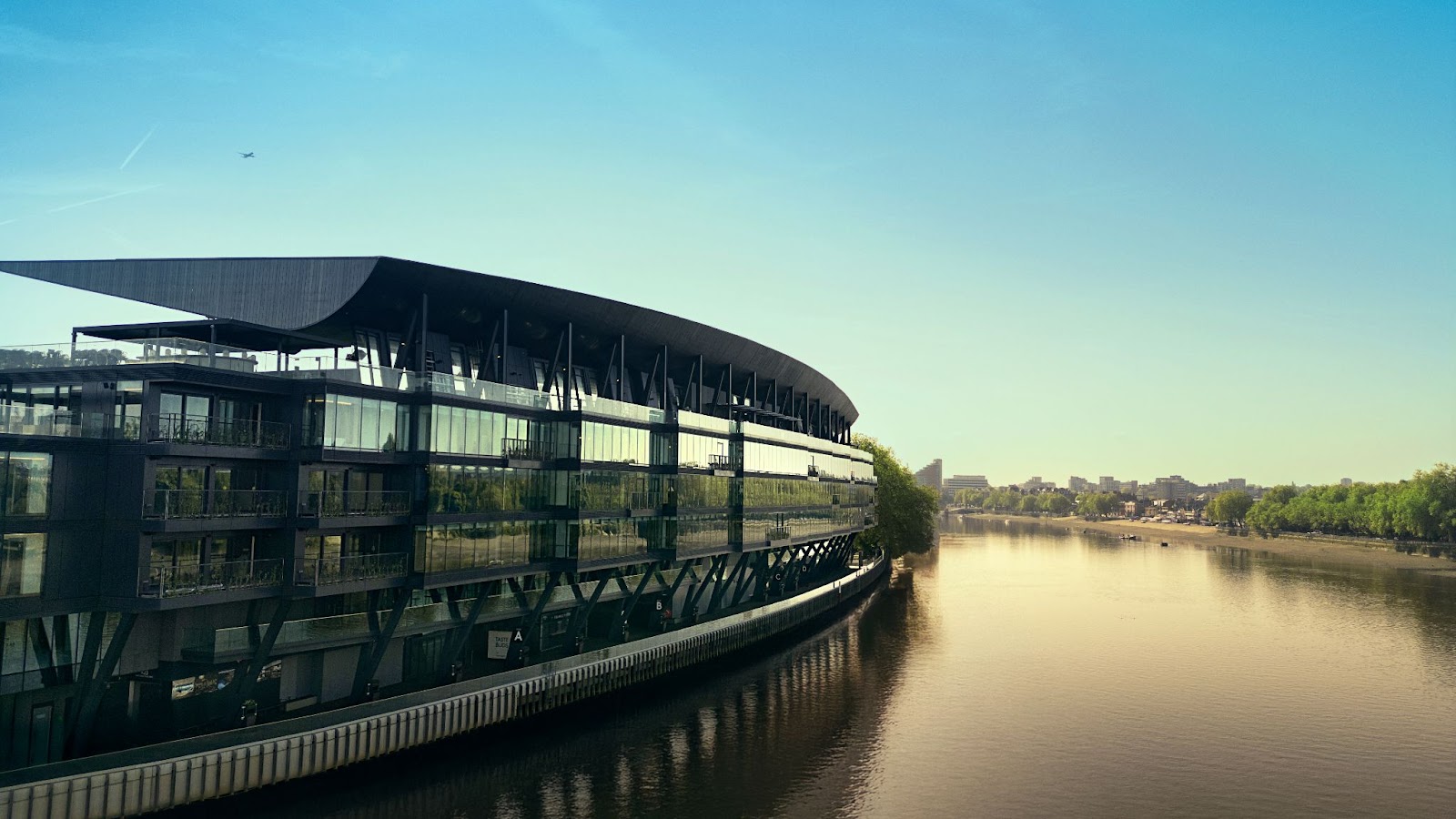A compact house by Cottrell and Vermeulen Architecture references its Camberwell mews setting
Grove Lane is a new two-storey home constructed by Cottrell and Vermeulen Architecture within the Camberwell Grove Conservation Area in south London. The new development has replaced an existing garage facing onto a mews street: a hotch-potch of the former light industrial and stable buildings that would have originally served the grand terraces backing onto it, and contemporary domestic projects.
The house is both contemporary and simple in form, harmonising with neighbouring properties. Large first-floor windows are similar in scale to the next-door house. Rich textured stock brick and waney-edge timber panelling combine to form a simple yet articulated facade. The former is the material used for the majority of the facades in the mews, while the latter references the stable doors of the mews.
In order to create privacy from the street a single window over the front door allows light deep into the plan of the hallway and living area. The ground floor facing Stories Mews is set back from the building line to include an open-fronted garage, a covered entrance and two planters, one forming a low-level wall and the other surmounting the bin store.
To the rear of the house the first-floor plate projects to provide covered outdoor space. Southwark planners were concerned when the architect initially proposed large windows to the rear. By introducing two covered balconies and setting the building line at an angle there is no direct overlooking from the bedrooms and some additional external area has been provided. The bedrooms’ glazed doors are set back from the main façade and are generously sized to allow as much light into the rooms as possible.
Internally, a hallway floored with red clay quarry tiles flows into the main living area of the house, which comprises an open-plan kitchen-and-dining arrangement. In order to optimise room heights despite the restricted building height, roof and floor build-ups were kept to a minimum. The first-floor joists in the entrance hall and living space have been left exposed so that a floor-to-ceiling height of 2.7 metres could be achieved. Large glazed doors provide access to the garden area, with a brick boundary wall dividing the property from the garden of the existing Georgian house.
The staircase forms the central spine of the new house, its walls, treads and risers all made from birch-faced plywood. To keep the staircase compact, tapered treads have been used at the top and bottom. It continues up to roof level, where a glazed roof hatch provides access to a green roof, complete with photovoltaics. A lightwell provides plentiful natural light from the glazed access hatch down to the first floor.
On the first floor there are three bedrooms, a study and a bathroom. All the bedrooms have built-in storage and the master bedroom includes an en-suite shower room. Colour has been introduced with the yellow front door, pink rendered soffits, an illuminated yellow polycarbonate soffit panel at the entrance and brightly-painted exposed steelwork internally.
Cottrell and Vermeulen Architecture has also refurbished the facade of the main Georgian house, and has excavated and remodelled the front garden to provide improved access and daylight at the basement level.
Additional Images
Credits
Architect
Cottrell and Vermeulen Architecture
Structural engineer
Engineers HRW
M&E engineer
OR Consulting
Main contractor
Onyx Investment
Building control
Approved Inspector Services
Party wall surveyor
Set Square Surveyors
CDMC
The Quoin Consultancy


































